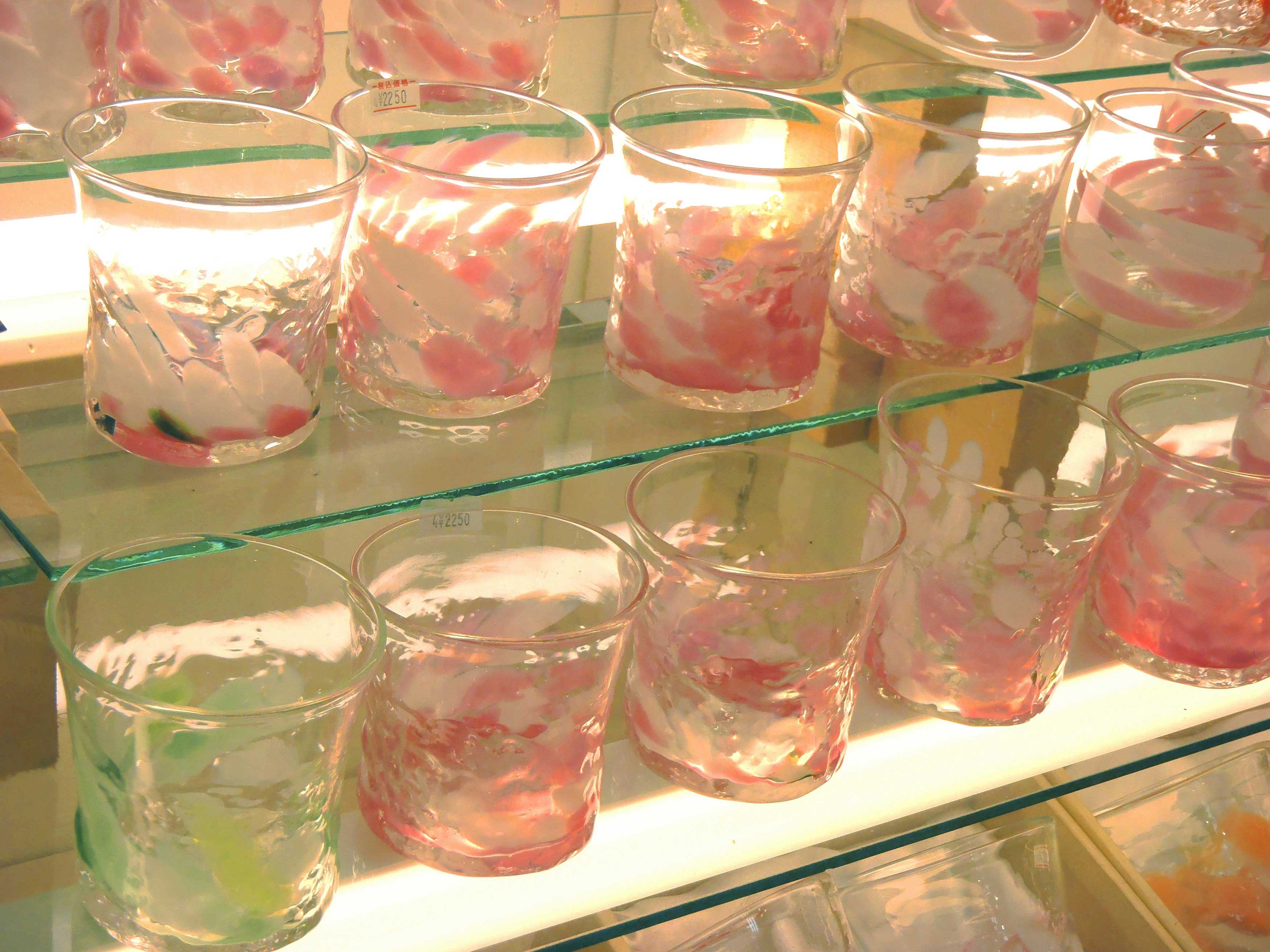It is surpirising that Okinawa is rich in traditional arts. Okinawa has gained their knowledqe and skill by trading with Japan and Chaina, also as far as Eastarn and Southeast Asian countries. Okinawa has developed its unique culture by blending their Native tradition with something new to them.

During the Great Trade period, Okinawan pottery developed its unique designs including shapes and colors under the influence of Korea and China. In Okinawan dialect, pottery is called Yachimun. Tsuboya-yaki is a Okinawan traditional pottery, represents all of Okinawa potteries, and in 1972, An artist of Tsuboya-yaki, Jiro Kinjo was recognized as a National Living Tresure.
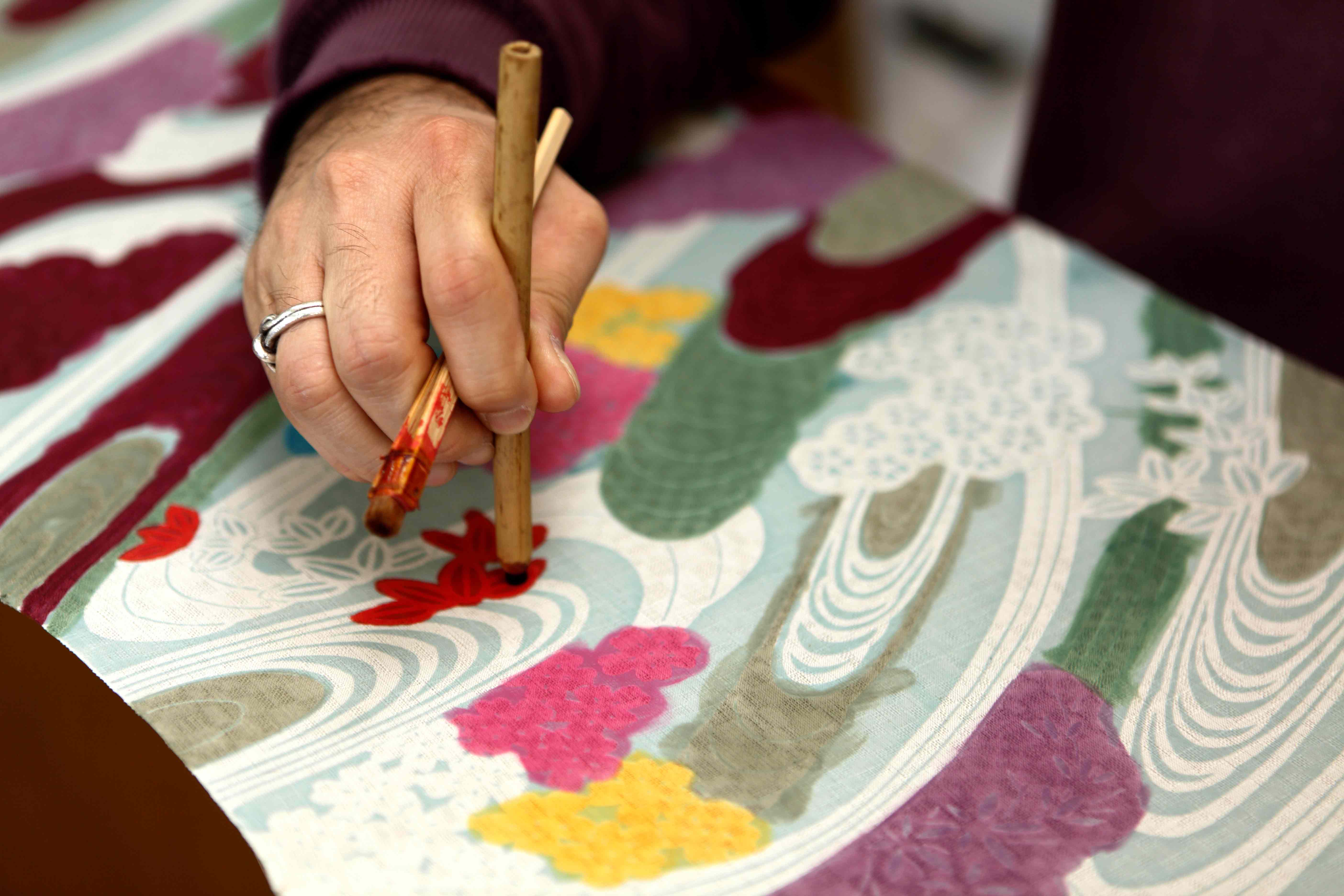
Okinawa is famous for its own fabrics such as Bingata and Bashofu. The skills used in Bingata is thought to have originated in Southeast Asia. While Bashofu has one of the longest histories among Okinawan fabrics. It was worn by from the general public to the upper class. Okinawan fabrics are varied in its designs.
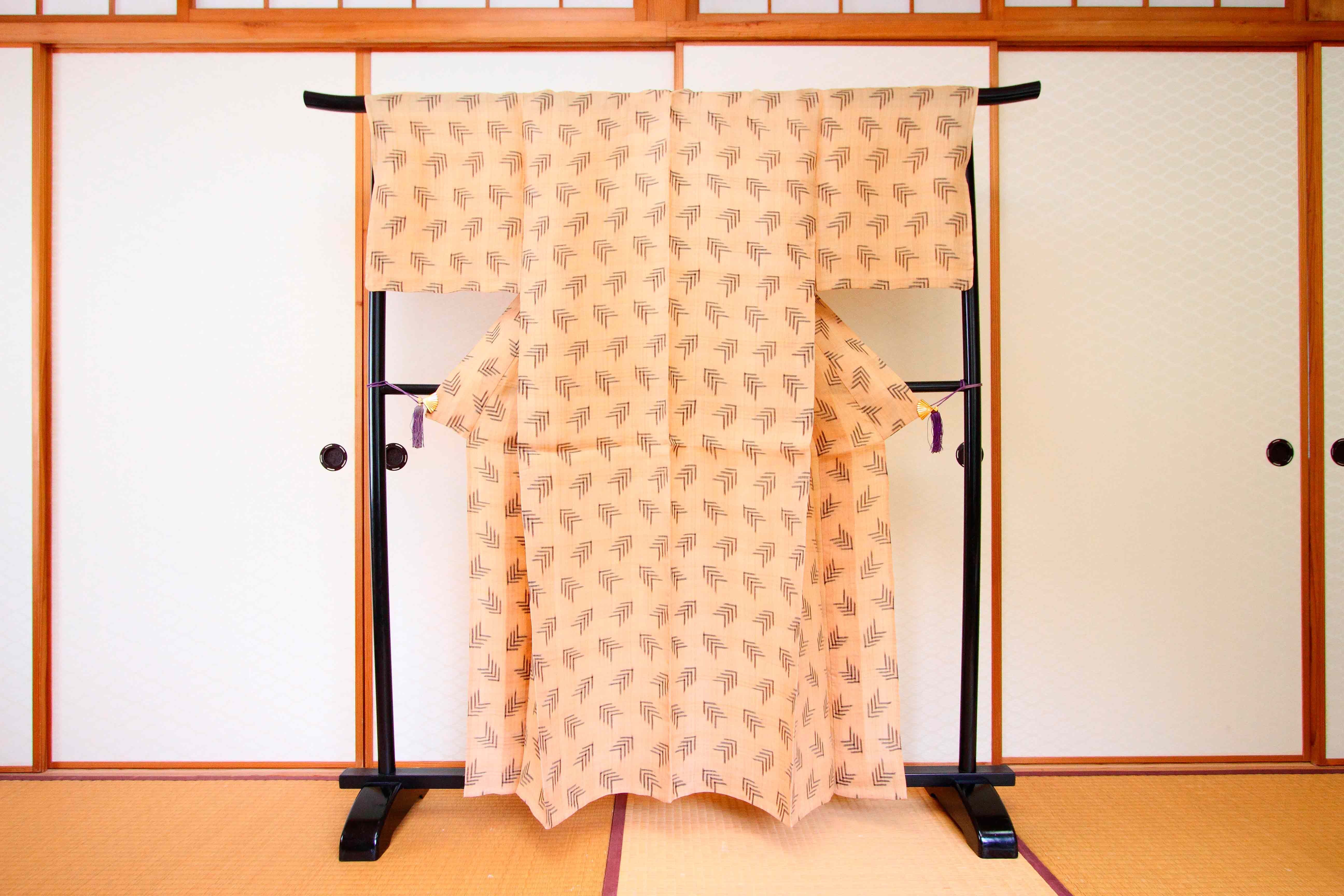
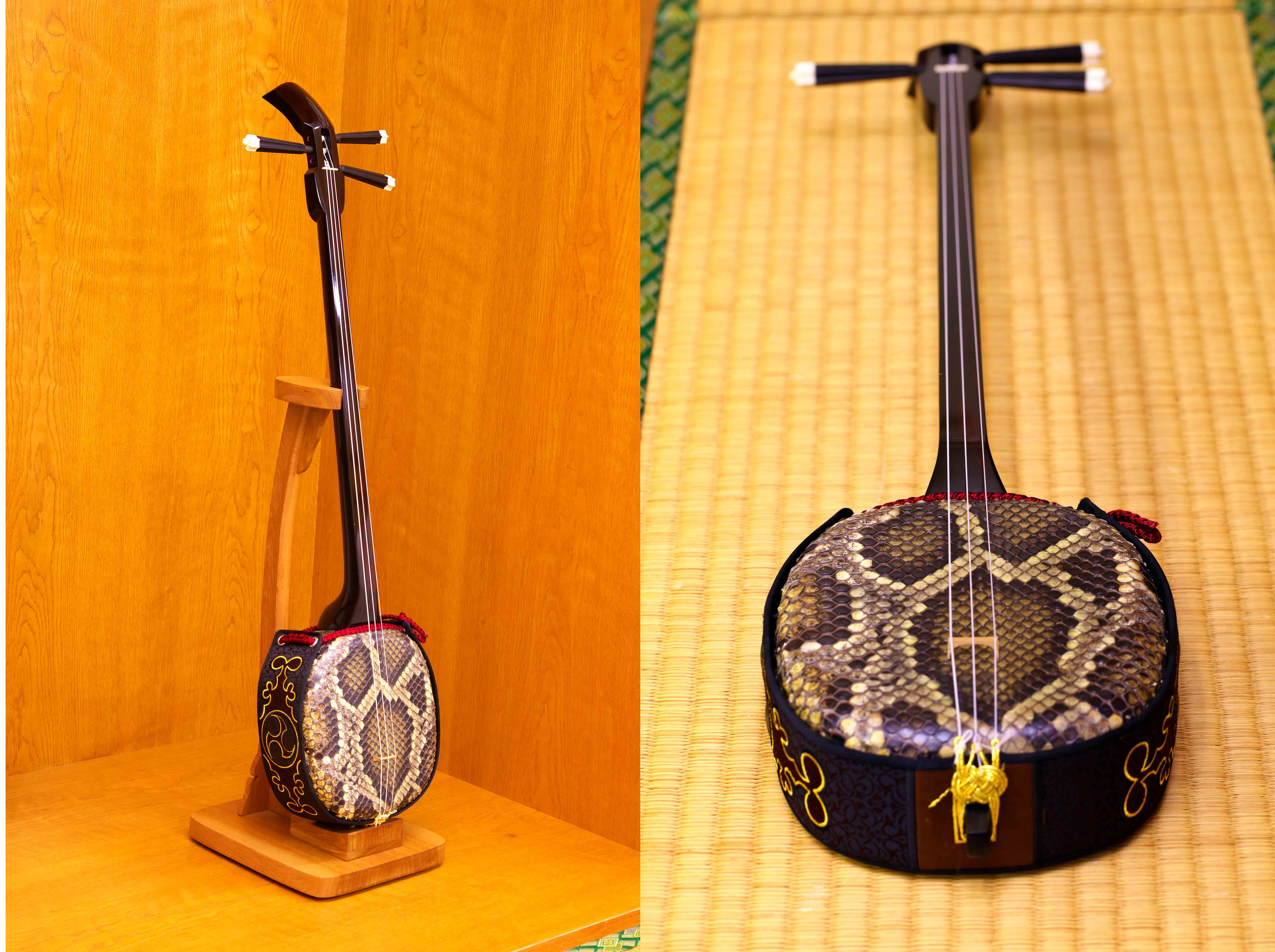
Sanshin can be the most used musical insatrumental to perform Ryukyuan music. Also, you hear the sound of sanshin wherever you go in Okinawa.
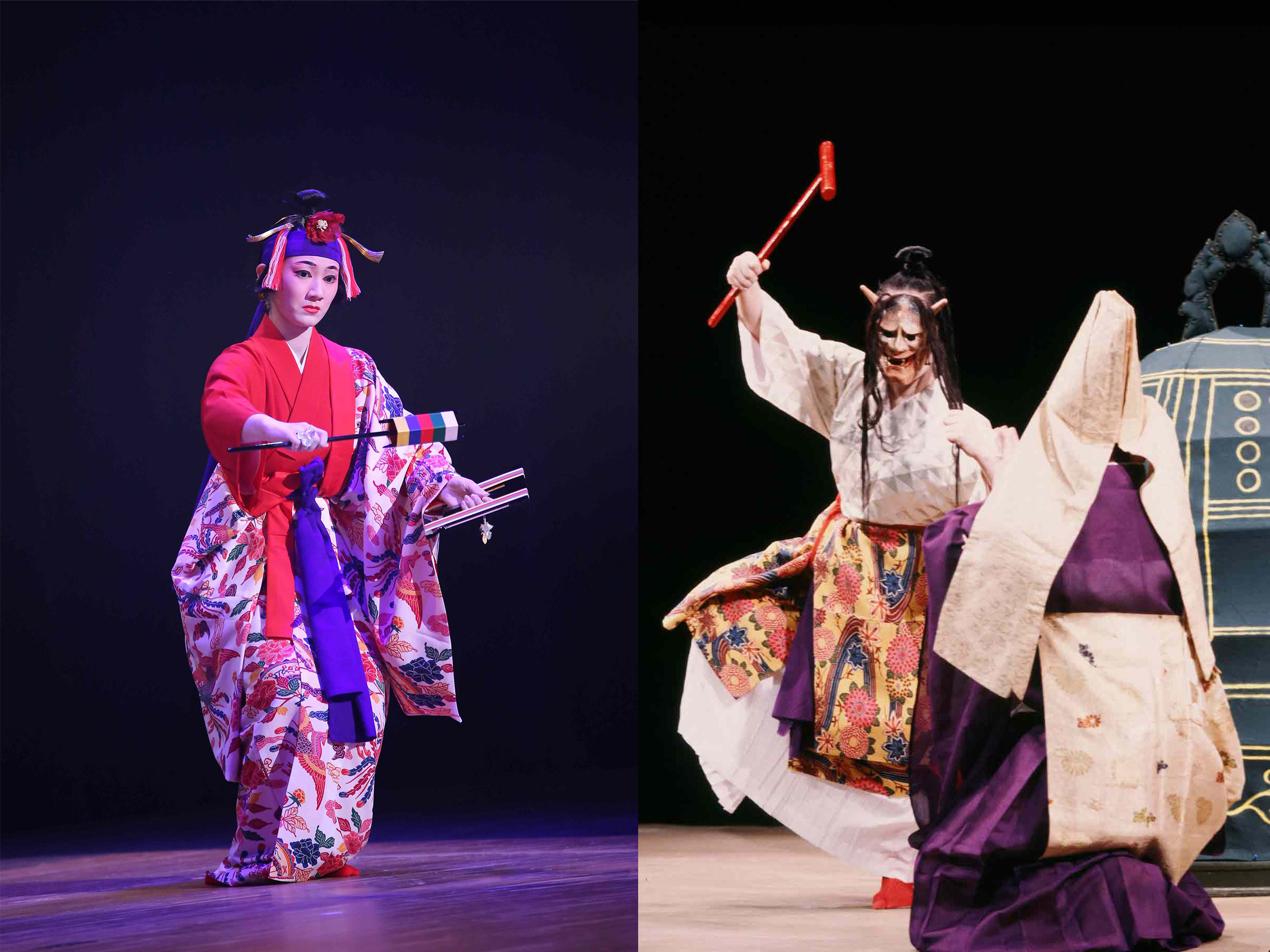
Ryukyu dance is largely composed of classical dance which was performed to welcome the envoys dispatched by the emperor of China, and Zo Odori. Kumiodori is a type of classical theater composed of some variations and was registered as an Intangible Cultural Heritage by UNESCO in 2010. Numerous pieces of kumiodori have been produced, and there are currently around 80 pieces that have been passed down from generation to generation.
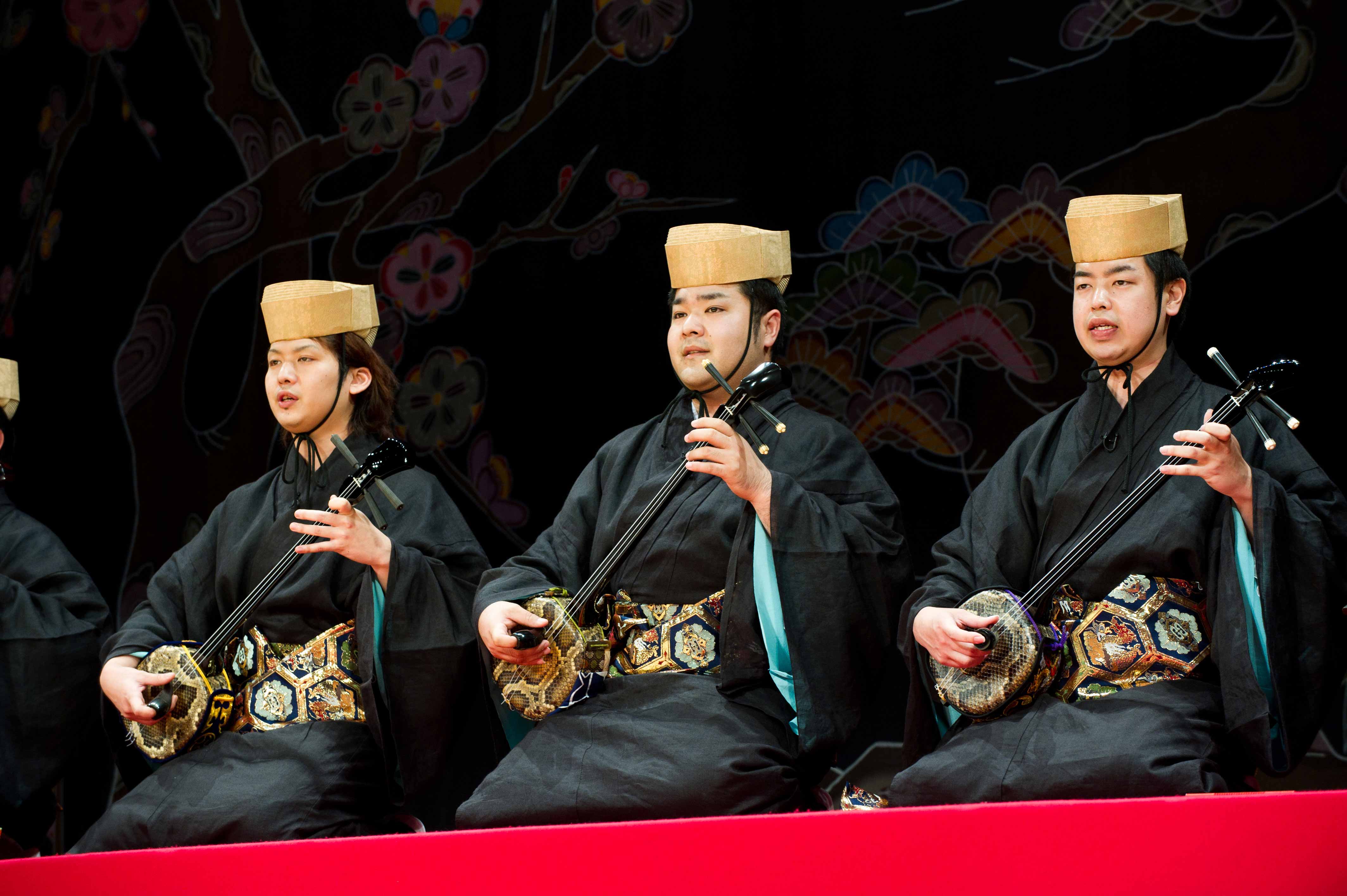
During the Ryukyu Dynasty, Music with tha sanshin played in the royal court was to welcome the envoys from China. The sanshin is played in various traditional arts such as Kumiodori and Ryukyuan dance, and playing it is a important role, which means to represent the kingdom of Ryukyus.
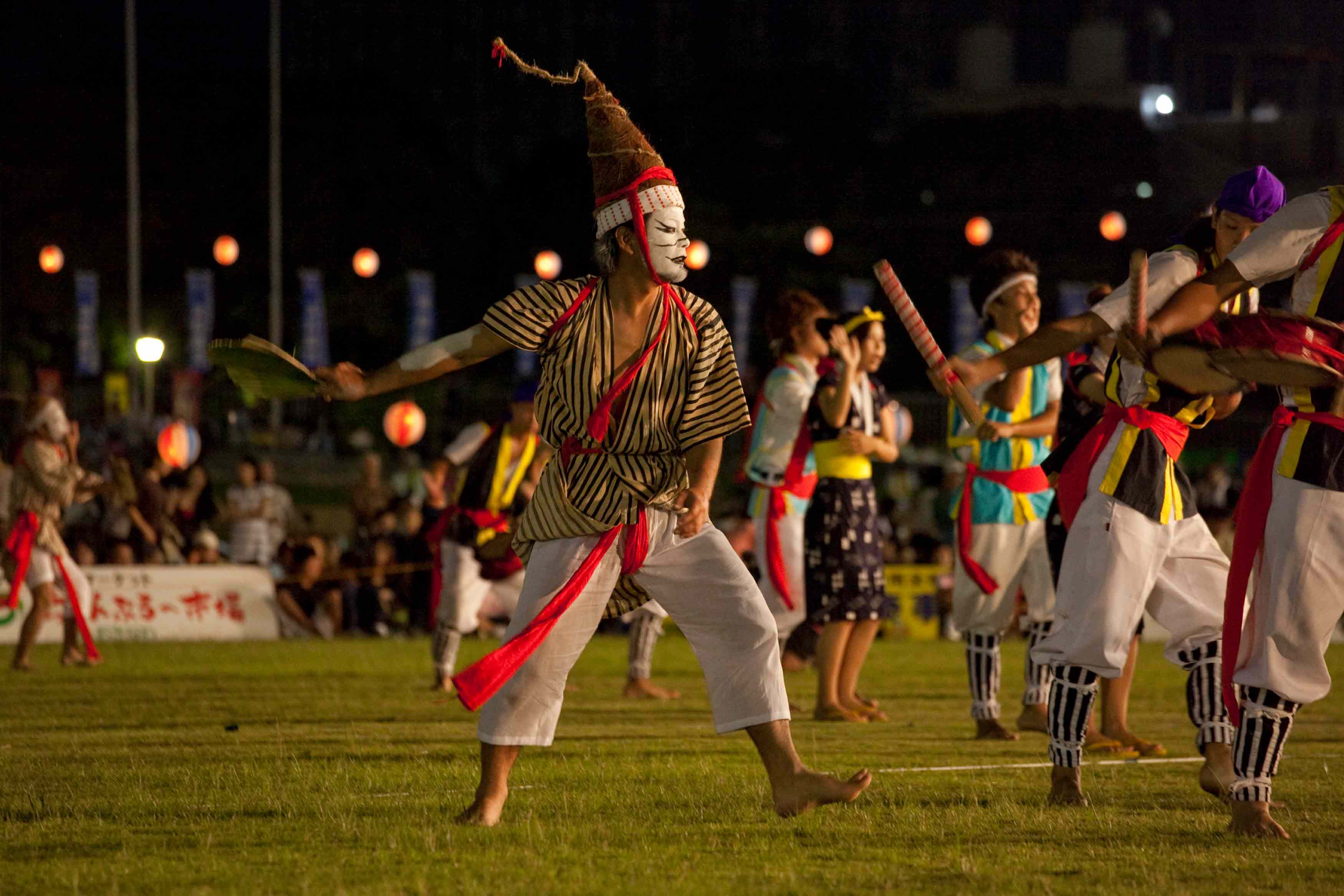
In Okinawa, folk arts originated from events of giving thanks to the crops and festivals to pray for abundant harvests have been handed down through generation in each region. Today, eisa, shishimai, and other folk arts can be seen at any events.When the Obon in Okinawa, you can see eisa performed on the street across Okinawa to honor the spirit of the ancestors.

